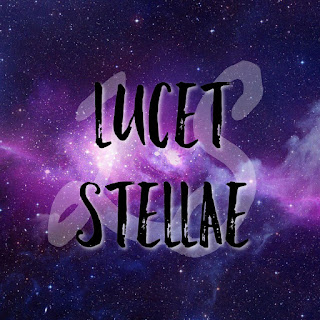Raja Ravi Varma was an Indian painter and artist, considered as one of the greatest painters in the history of Indian art. Raja Ravi Varma is known for his amazing paintings, which revolve mainly around the Puranas (ancient mythological stories) and thegreat Indian epics - Mahabharata and Ramayana. Ravi Varma is one of the few painters who managed to accomplish a beautiful union of Indian traditionwith the techniques of European academic art.Varma was also responsible in taking the Indian art all over the world with his impeccable technique. What gave him the edge over other painters of his generation was that he fused Indian tradition with European technique thus coming up with a new genre of painting in India. He brought out on canvas several folk and traditional art forms of India.
His portrayal of Hindu gods and goddesses went on to become worship material for many people belonging to the lower castes. Back then, these people were often forbidden from entering temples and thus they celebrated Varma's works, for they gave them an idea of how the deities looked inside the temple. He also managed to improve the artistic knowledge and spread the importance of art among Indian people.
EARLY LIFE
Raja Ravi Varma was born to Umamba Thampuratti and Neelakanthan Bhattatiripad on April 29, 1848, in the princely state of Kilimanoor, in Kerala. While his mother was a poet and a writer by profession, his father was a scholar. He had three siblings, Goda Varma, Raja Varma and Mangala Bayi.
In 1866, at the age of 18, Varma was married to 12-year-old Bhageerthi Bayi (known formally as Pooruruttati Nal Bhageerathi Bayi Thampuratty) of the royal house of Mavelikkara, another major fief of Travancore kingdom.
Coming from a family of creative personnel comprising of scholars, poets and painters, it was only natural for young Varma to be blessed with artistic ingenuity.
The inborn talent of the painter started showing at a very tender age. Recognizing the innate aptitude of their child, his parents sent him to study under the patronage of Ayilyam Thirunal Maharaja of Travancore, when he was only 14 years old. He received tutelage, first from the palace painter Rama Swami Naidu, who taught him the nuances of water painting and then from Theodor Jenson, a Dutch painter, who gave him lessons on oil paintings.
GREAT PAINTINGS OF RAJA RAVI VARMA
Raja Ravi Varma produced many masterpieces of art during his life. Here is a comprehensive list of some of the most prominent works of Raja Ravi Varma:
- SHAKUNTALA (1870)
- DAMAYANTI (1895)
- WOMEN HOLDING A FRUIT (1900)
- STOLEN INTERVIEW (1906)
- YASHODA KRISHNA (1895)
- TARA DEVI (1898)
- ADI SHANKARACHARYA (1904)
- NAIR LADY ADORNING HER HAIR (1873)
- THERE COMES PAPA (1893)
AWARDS AND ACHIEVEMENT
- At the beginning of his career, in 1873, he won an award in Vienna where his paintings were exhibited.
- At the World’s Columbian Exposition in 1893, he was bestowed with three gold medals for his work of art.
- In 1904, on behalf of the King Emperor, Viceroy Lord Curzon awarded him with the Kaisar-i-Hind Gold Medal.
- Several schools, colleges, institutions and cultural organizations have been named after him, such as Raja Ravi Varma High School at Kilimanoor, a college dedicated to fine arts in Mavelikara, Kerala, and so on.






















Informative👍🏻
ReplyDelete